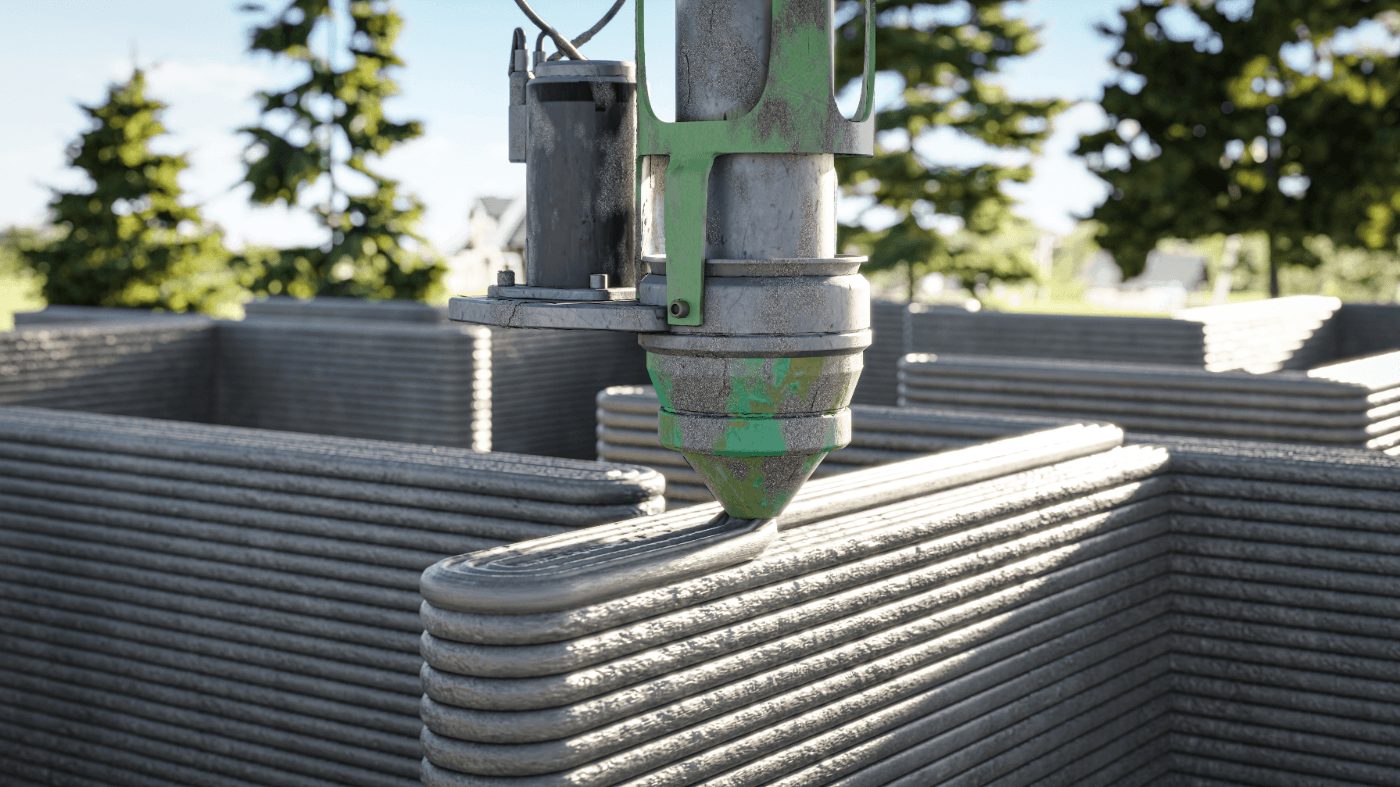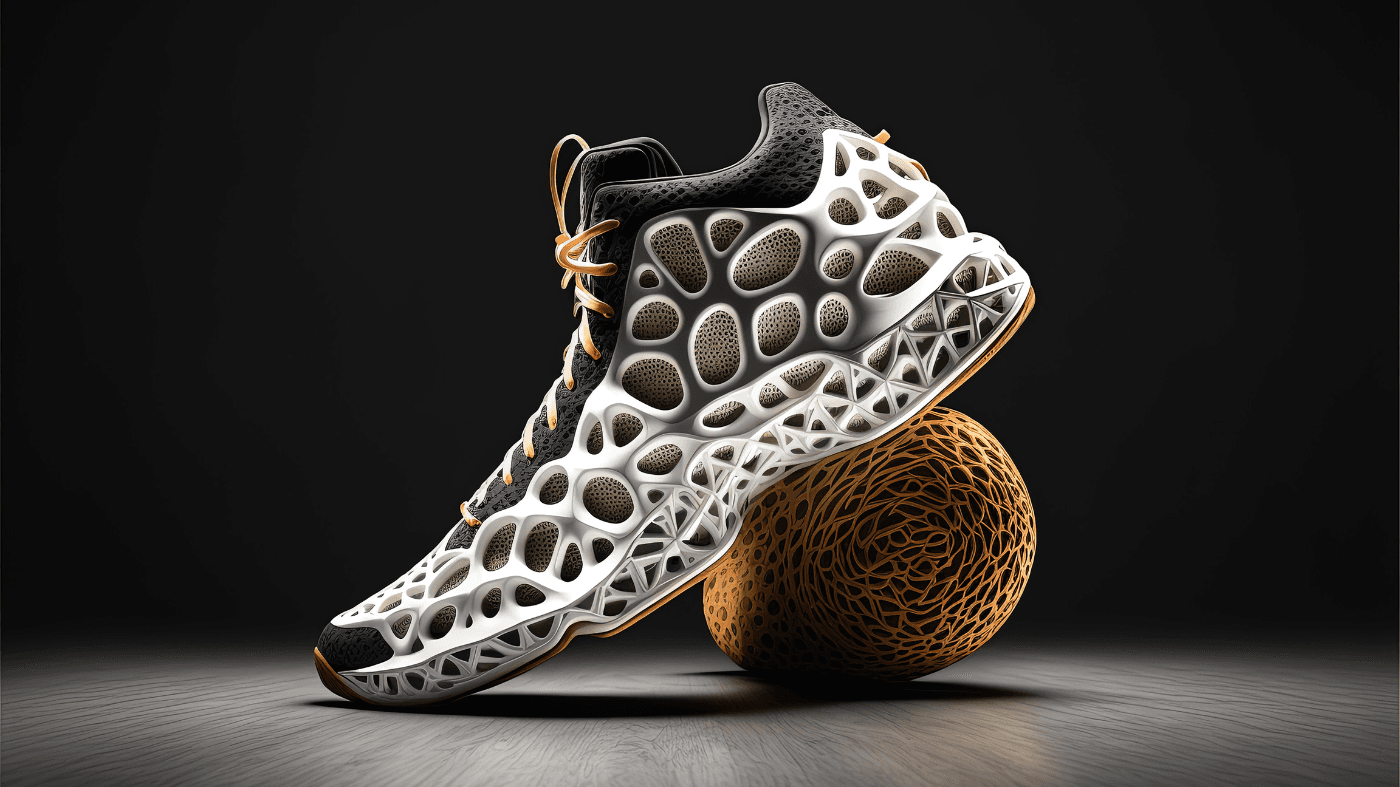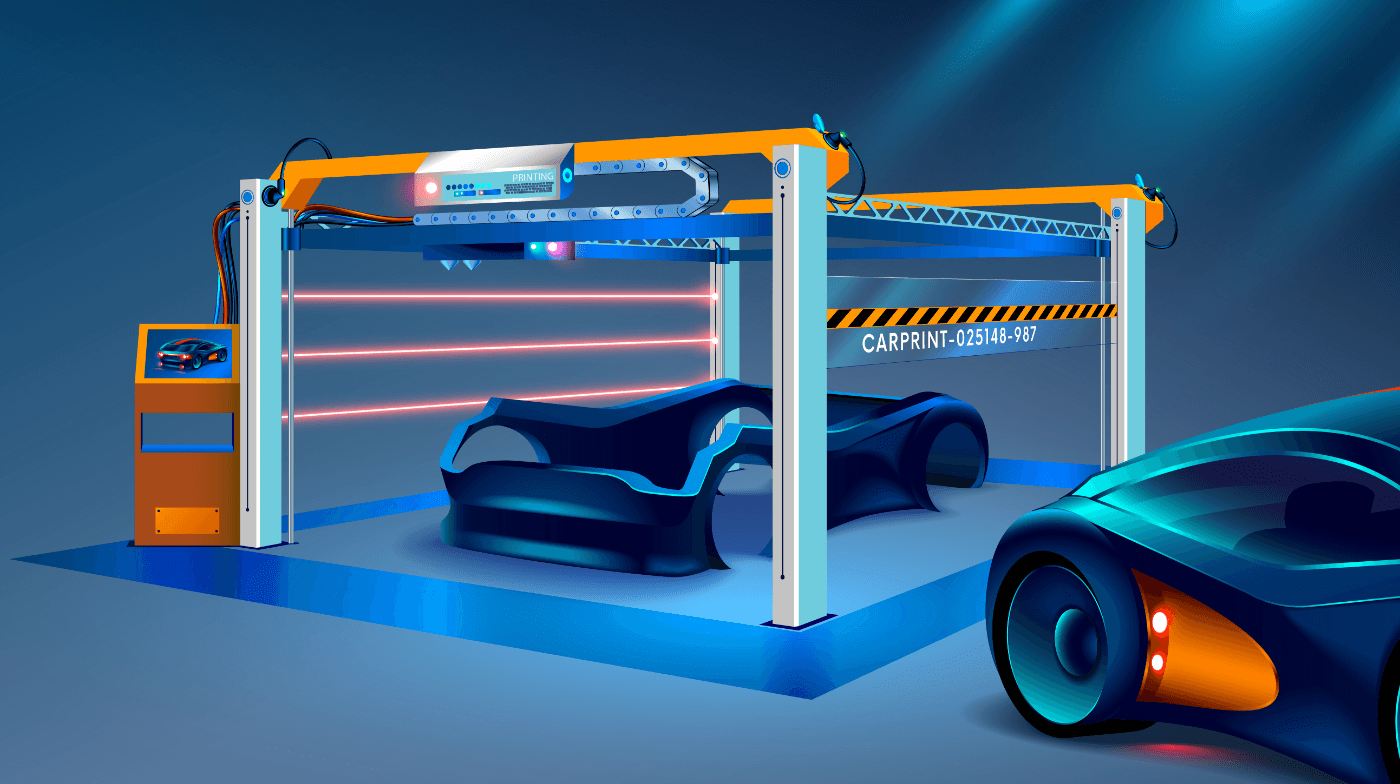
Future Technology
3D printing – A revolution for more sustainability
Sustainability and individuality are important factors with respect to the economy of the future. Imagine you could design your own car, your own house or your own shoes and then just print them off. A car, a house or shoes that perfectly match with you and reflect your personality and lifestyle in a perfect fashion.
What sounds like a story from a science-fiction movie is already real. This is achieved by 3D-printing, which came more and more into the focus of the public over the last few years. This technology is currently establishing itself as a valuable tool in many branches of the industry and thereby revolutionizing the way of product manufacturing. BMW is regarded as a pioneer in this area. The Munich-based car company has been researching 3D-printing processes for more than 30 years. For instance, they have used 3D-printed parts in their i8 Hybrid-Roadster.
The Corona pandemic and Ukraine war have set off a pricing spiral that would have been considered impossible a short while ago. Prices for raw materials literally exploded. Moreover, in Germany there is a shortage of skilled workers for a long time, which doesn’t stop at craftsmen. All these changes have led to an acceleration of innovation in the field of 3D-printing.
3D-printing is revolutionizing the construction industry
3D-printing is a huge advantage for the construction industry. In Beckum, Westfalia, you can find Germany’s first house, built with 3D-printing technology only. It took just about 100 hours, or a little more than four days, to finish construction. Only three construction workers were involved in this undertaking. With conventional methods of construction, a single-family house would take around five months and significantly more craftsmen would be required. Houses printed on 3D printers are therefore the bright hope for quickly creating much-needed affordable housing. Since the houses are printed with liquid, malleable mass, all shapes, and colors of real estate are possible - without additional costs or time. Using this technology, architects and city planners got entirely new possibilities to let their creativity flow. Future cities will therefore not be monotone, but rather designed in a diverse and individual fashion. Sustainability also plays a huge role in that.
The Italian company “Wasp” only uses clay, straw, and wood for the production of their 3D-printed houses, which are shaped like beehives. Thus, they only use raw materials that exist in abundance on earth and which rapidly regrow. There is also no additional waste: "The differences between the digital way of building and traditional way of building is that one: you only use the amount of material you need, because you print layer by layer and after the object is finished and that's what you have. Second one, is that you shorten the time needed from design to production because it's all in one digital pipeline, and three, because of the digitalization you bring a design closer to the community to people," says Hans Vermeulen CEO of Dutch architectural start-up Aectual.

More sustainability in shoe production with 3D-printing
The same is true for the manufacturing of shoes. Until now, these have been mass-produced in poor countries in inhumane conditions and transported around the globe in large container ships. The number of shoes produced is significantly higher than the number of shoes that are actually purchased in stores. This results in a large amount of waste, which then has to be dumped and ultimately burnt. Adidas and other manufacturers have already started to offer shoes made with 3D printers in special editions. And the American startup Feetz is dedicated to 3D-printed shoes with style that are designed in an environmentally friendly fashion. That’s their contribution to protecting the environment, since only these shoes are produced that are actually demanded. Not only is there no waste, you can also design the shoes yourself in all variations – the sky is the limit.

3D-printing revolutionizes the mobility industry
Mobility industry also enormously benefits from the sheer endless possibilities of 3D printing. Especially beneficial is 3D-printing for lightweight construction, since conventional methods require mold inserts for molded parts to be made of aluminum or steel, for example. More complex shapes are difficult to manufacture in this manner, leading to high expenses and lead times. Thanks to 3D-printers, mold inserts can be printed off quick and easy. There is no need for meter high coils of steel or aluminum and neither huge punches nor special tools, so the production is more flexible and cheaper. But not only lightweight components can be printed; the principle can be applied to all vehicle parts. Kevin and Lukas Czinger from Los Angeles want to revolutionize car manufacturing by 3D printing. They have already printed a complete sports car: the Czinger 21C. Production of this car is limited to 80 units, and it sells for around two million dollars. Moreover, the California-based startup has already received $600 million from investors to completely revamp the car production chain, which seems to be highly successful, as they already produce frames and suspensions for eight car brands, including sports car manufacturer Aston Martin.
This type of production might be a blueprint for car production of the future, as vehicle parts can be printed regionally and assembled locally, with lighter and stronger components. The CO2 footprint would be lower, as transport would be virtually eliminated. In addition, complete automation of the printing process would make supply bottlenecks, like we have experienced a lot due to the Corona pandemic, a thing of the past, and strikes would also no longer affect production cycle.
What applies to automobiles, of course, also applies to other forms of mobility. Students at ETH Zurich have developed an e-motorcycle in just one year, from concept to first test. Their goal is to address the challenges of climate change and put a sustainable two-wheeler on the road that is energy efficient and thus offers a long purely electric range. This is achieved using a new type of twin-hub motor. In conventional motorcycles, around 80 percent of the energy is lost, especially at the front wheel, which is why most e-motorcycles have rather short ranges. To solve the problem, the ETH Zurich team integrated an additional electric motor into the front wheel, which serves as a generator to recuperate all the kinetic energy. This process dramatically increases the vehicle's efficiency. Most of the bike's parts were 3D printed, because with a small budget and a tight schedule, conventional methods were dropped from the beginning. Parts of the fairing were printed, as well as structural components like the foot pegs. "With 3D printing you can build more complex structures, which gives you the possibility to combine several functions into one part," says Tobias Oesch, technical manager of the project.
Based on the above examples, you can see very clearly what an enormous impact 3D printing already has on our lives and will have in the near future. Mobility, construction, and fashion are just a small selection of the areas, where this technology is becoming more and more significant. By eliminating supply chains and reducing waste materials and energy consumption, 3D printing technology is not just an innovation, but an opportunity to make our world a little bit better and more sustainable.
